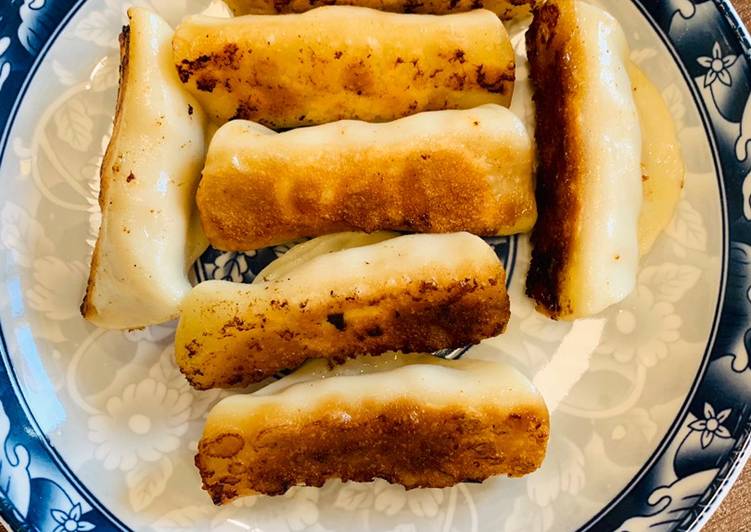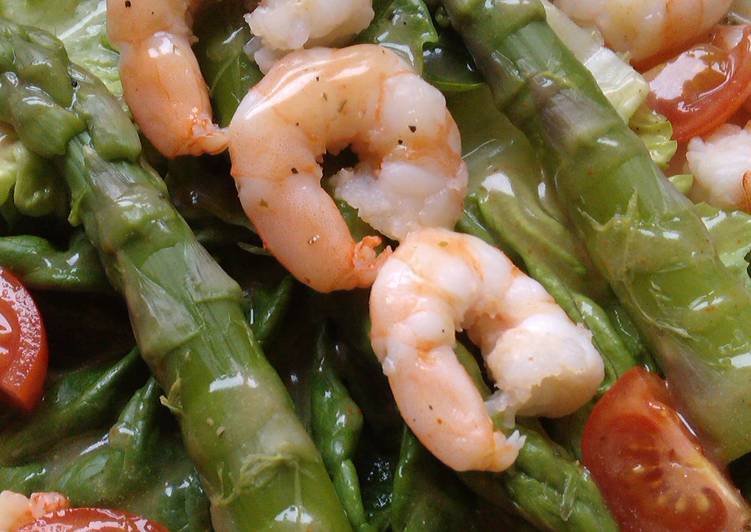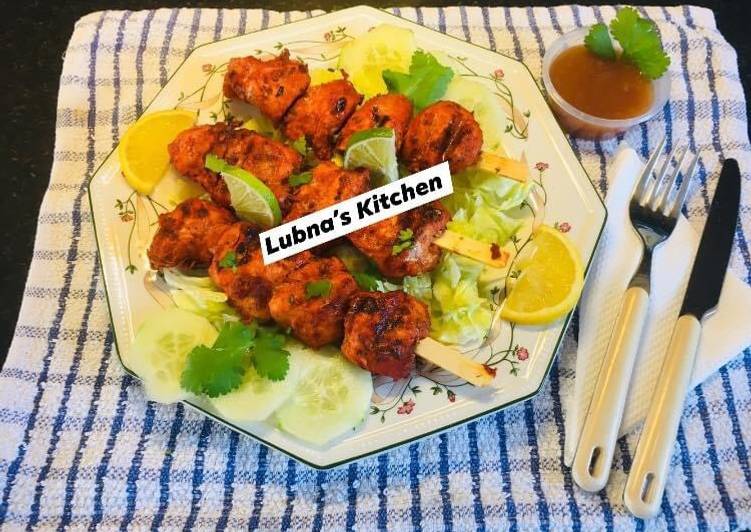
Hello everybody, it’s me, Dave, welcome to my recipe page. Today, I will show you a way to make a distinctive dish, guo tie (chinese pan fired dumplings). It is one of my favorites. For mine, I am going to make it a little bit tasty. This is gonna smell and look delicious.
Guo Tie (Chinese pan fired dumplings) is one of the most favored of current trending foods in the world. It’s enjoyed by millions daily. It is easy, it is quick, it tastes yummy. Guo Tie (Chinese pan fired dumplings) is something that I have loved my entire life. They’re nice and they look wonderful.
Pan Fried Dumplings (Pot Stickers), called Guo Tie in Chinese, is the sister food of fried dumplings. The Pan Fried Dumplings are made of a simple flour wrapper filled with various fillings like pork mixed with all kinds of seasonal vegetables like cabbage and celery. These traditional Chinese dumplings with pork and vegetables are first fried, then steamed to create a crispy bottom, soft top, and tender filling.
To get started with this recipe, we have to first prepare a few ingredients. You can cook guo tie (chinese pan fired dumplings) using 12 ingredients and 7 steps. Here is how you cook it.
The ingredients needed to make Guo Tie (Chinese pan fired dumplings):
- Prepare Pork mince
- Get Onion
- Prepare Ginger
- Prepare Soy sauce
- Prepare Oyster sauce
- Take 5 spice
- Take Salt
- Take Sugar
- Prepare Chicken stock
- Prepare Oil
- Make ready Dumpling wraps (can get in the Chinese market)
- Prepare Water
They are cooked by steaming in a large pan with water and oil. As the water evaporates, the oil is left behind, and begins to fry the bottom of the dumplings (a great cooking tip for cooking frozen dumplings. The pan-fried variety of the Chinese jiaozi dumpling, known as guotie, is a Northern Chinese dumpling typically filled with minced pork, Chinese cabbage, scallions, ginger, rice wine, and sesame seed oil. (锅贴, 鍋貼, Guōtiē, Pot Stick, Peking Ravioli, Wor Tip, Guo Tie, Potstickers). This pan-fried Chinese dumplings recipe is a family favorite handed down from my Mom.
Instructions to make Guo Tie (Chinese pan fired dumplings):
- Preparing all the ingredients.
- Finely chop the onion and ginger. Put all of the ingredients together in one big bowl.
- Mix all the ingredients together.
- Put the filling in the middle of the wrap and try to make a tube shape. Same as the picture. Then wrap the filling up by squeezing the top and bottom of the wrap together. If you find it is hard to put them together you can try put a bit water on the end of each side of the wrap.
- This is a photo to show how the dumplings should look like.
- Put some oil into a flat pan and once the oil is hot put the dumplings in. Wait for few minutes then put a bit of water in and place a lid on for few minutes until the water is gone. The dumplings will be cooked with a crispy base.
- Here we go the dumplings are ready to serve.
She's been making dumplings for decades, often making hundreds at a time and freezing them. Dumplings can have a wide variety of fillings; most commonly, they are filled with ground pork with cabbage, chicken. Chinese boiled dumplings and potsticker dumplings. Jiao zi can be boiled in water, which is called Shui Jiao (水饺) and pan-fried on the stove, which is called Learn how to make popular Chinese dumplings jiao zi that can be boiled (shui jiao) or pan-fried (guo tie) with juicy fillings. Chinese dumpling, also called Jiaozi, typically consist of a ground meat and/or vegetable filling wrapped into a thinly rolled piece of dough Chinese dumplings may be round or crescent-shaped, boiled or pan-fried.
So that’s going to wrap it up with this special food guo tie (chinese pan fired dumplings) recipe. Thank you very much for your time. I am sure you can make this at home. There’s gonna be interesting food in home recipes coming up. Don’t forget to save this page on your browser, and share it to your loved ones, friends and colleague. Thanks again for reading. Go on get cooking!


